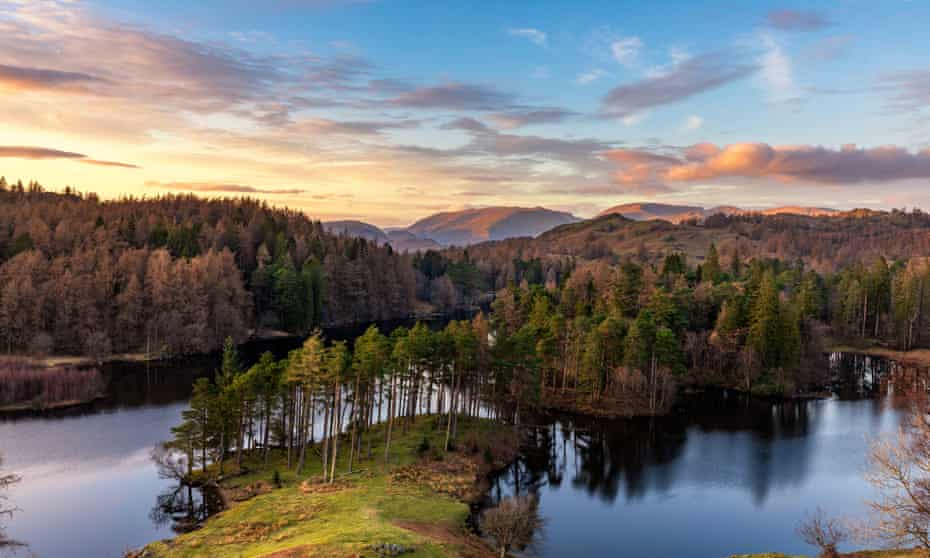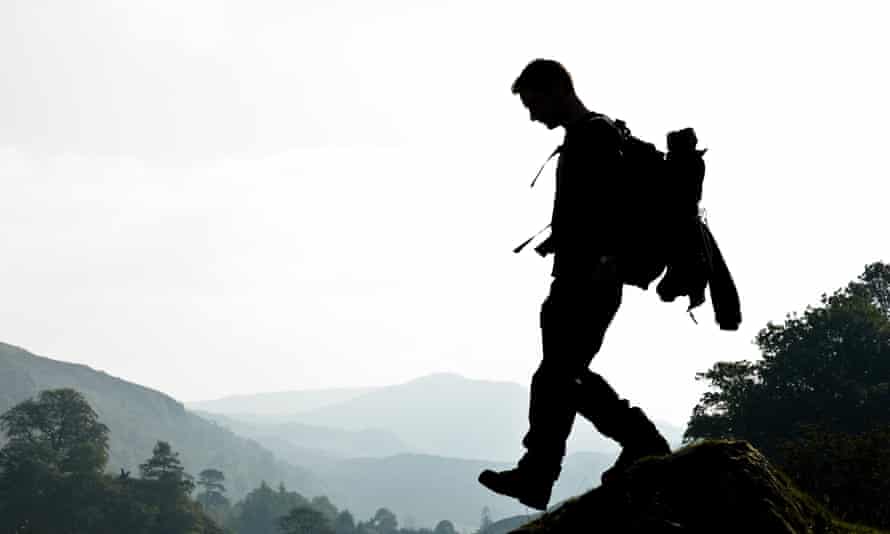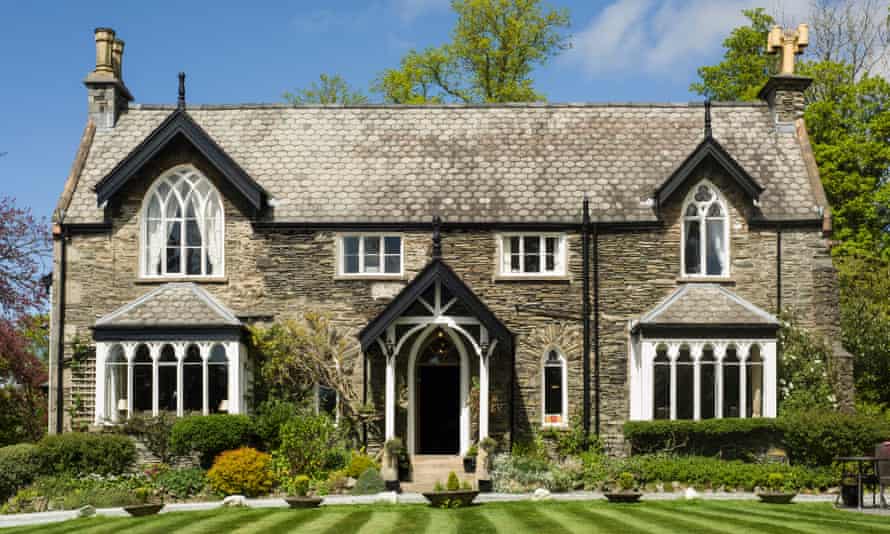Across Cumbria local communities, businesses and grassroots organisations are being mobilised to map out ways that they hope will help it become the UK’s first carbon-neutral county. The county has targeted 2037 to decarbonise, an ambition initially supported by £2.5m of national lottery funding, which was awarded last August and will be drip-fed over the next five years from this month.. Tourism will be an area of focus, alongside housing, transport and agriculture.
“The national lottery funding is an injection of adrenaline at the beginning of a long journey,” said Karen Mitchell, CEO of Cumbria Action for Sustainability (Cafs). The funding was secured by the Zero Carbon Cumbria Partnership, which was set up by Cafs in 2019 with the help of the county council. The partnership has 68 members tasked with leading the drive to cut emissions, including the Lake District national park authority.
The UK government has a legal commitment to achieving net zero CO2 emissions by 2050, but last month announced an additional target of reducing carbon emissions by 68% by the end of this decade. Last November, UK water companies launched a sector-wide commitment to achieving net zero by 2030, and a handful of cities, including Bristol, Glasgow and Leeds, have also committed to becoming carbon neutral by that date.
“We’re not excluding being able to do it earlier,” said Cafs’ Mitchell. “This is a climate emergency and we should be throwing everything at it.”

Achieving decarbonisation poses challenges for a county that in 2019 was visited by 48 million people. Visitors contribute £3.13bn to Cumbria’s economy and support 65,500 jobs. Tourism’s impact on its carbon footprint is largely linked to transport. In February 2020, the partnership commissioned A Carbon Baseline for Cumbria, which was produced by Professor Mike Berners-Lee, an expert in carbon footprinting – who also happens to live in Kendal.
The report found that the driving emissions of visitors to Cumbria are three times the UK average; their emissions from eating out and recreational activities are also higher than residents’. They account for 49% of Cumbria’s consumption-based greenhouse gas emissions, although 36% of those emissions come from travelling to and from Cumbria.
“Tourism does create significant challenges [to decarbonising], but it’s a huge part of the local economy,” said Chris Hodgson, owner of Haven Cottage B&B in Ambleside, which is now working towards gold certification with the Green Tourism accreditation body. He believes becoming carbon neutral will offer new opportunities for local tourism, but also that it shouldn’t have to mean reducing visitor numbers. “You just have to find ways for people to visit in a more sustainable fashion,” he said.
This could mean increasing the public transport options, the number of bike hire locations and cycleways, and looking at pedestrianisation. Hodgson is a member of the Ambleside to Zero action group, which is working with Cafs on some of these challenges.

The Lake District national park authority is about to release a new management plan that will tackle transport, one of the biggest causes of emissions in the world heritage site. As well as emphasising the public transport options available within the park, it will promote active travel days that can be undertaken without a car.
“Three quarters of visitors already go for a walk while they’re here,” said Emma Moody, sustainable transport adviser for the national park authority. “It’s about getting them to do it more, and also to get them to think about walking from the door of where they’re staying rather than feeling they have to jump in the car every morning.” In essence, it’s about persuading visitors to experience Wordsworth country in the same way the poet would have.
Electric vehicle charging points and electric buses are also on the agenda. The national park has already installed charging points in many of its car parks, and is working with Cafs and other partners to map demand hotspots and the potential volume required to cater for visitors in the future. Electric buses are a more complicated challenge, according to Moody, as the technology required to be able to do the types of journeys needed in the Lake District isn’t in place. The region has many power-draining hills and relatively long distances between charging points.
A low-carbon food programme is another area where the Zero Carbon Cumbria Partnership hopes to get tourists on board. Restaurants will be encouraged to decarbonise their food menus by lowering food miles, while also showing the impact of food choices by highlighting the carbon footprint of each item listed on the menu. The concept has been road-tested by the National Trust-run Sticklebarn pub in Langdale, which in 2019 was one of the first in the UK to list carbon calculations against its dishes.

Some of the £2.5m funding will go towards setting up a “grow local, eat local” scheme, by encouraging Cumbria’s livestock farmers to set aside land to grow fruit, vegetables and cereals. At the moment, local agriculture is geared towards lamb and dairy, according to Cafs, which leaves huge gaps for decarbonising restaurants.
“We will need every business and home in Cumbria to get on board with the net zero ambitions,” said Jonathan Kaye of Cedar Manor in Windermere, one of Cumbria’s leading eco-hotels, which already holds Green Tourism gold accreditation. “It’s taken us more than 12 years to get to where we are, and we are nowhere near carbon neutral,” he said.
“The plans are not too ambitious, they are essential, but it will take time and money to get there, and there is no point starting in 2035. Let’s be totally honest – we need to get on with this now.”





